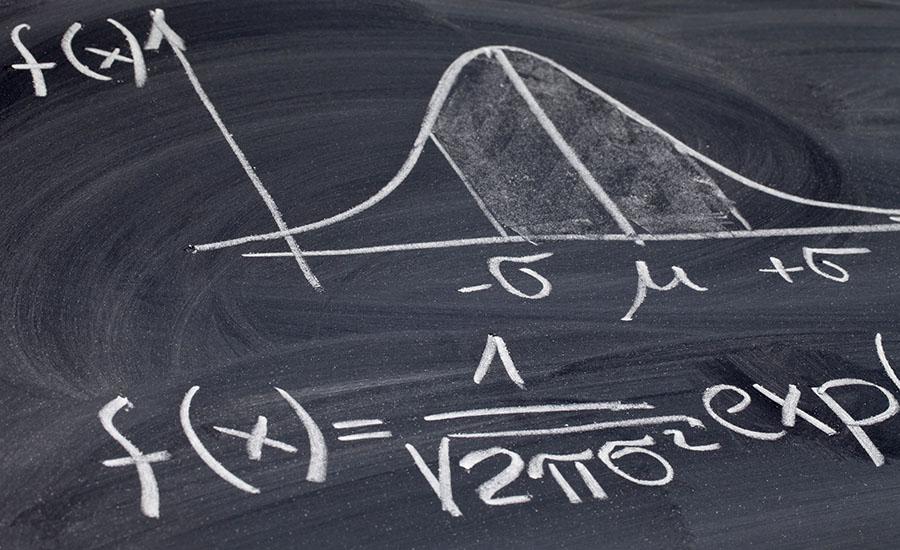
The Principles Behind the Roller Coaster
by Kay Kelly
This lesson plan is the nitty-gritty principles of roller coaster. It can be taught and used for 4th grade and 5th grade students. The first part of the lesson is the discussion of the principles behind the roller coaster. Afterwards, they are expected to engineer and build their roller coaster. It can be done by group or individual. This lesson is a fun-learning opportunity for them to understand and explore the different forces of motion and the theories of Newton. The presentation includes the lesson, STEM sheet, and certifications if the teacher is interested to do an awards assembly after the challenge.
Lesson Grade Level
4th GradeLesson Plan Link/URL
https://docs.google.com/presentation/d/1DmLIiZFS6K3QA5SfnyqtV04Eyj_Xnm6l/edit?u…Subject Area
Science Physical Science P3: Net Force P4: Energy Transfer Technology 3. Knowledge Constructor 4. Innovative Designer Engineering S2: Apply the Engineering Design Process S7: Apply Project Management to Engineering English Language Arts (ELA) Reading (Informational Text) Writing Speaking & Listening
Featured
Off
Related Content

Grades:
8th Grade
This engaging lesson is all about reverse engineering! Students will read and discuss the hook “A.I. Apocalypse”. They learn all about reverse engineering during this project as they determine a

Grades:
5th Grade
Students will individually construct straw rockets. Using the launcher, students will learn the concept of Newton's third law of motion: for every action, there is a equal and opposite reaction

Grades:
6th Grade
In this unit, students will study the effects of acid rain and chemically engineer an environmentally friendly solution to neutralize the acid in a simulated river contaminated by factory run-off